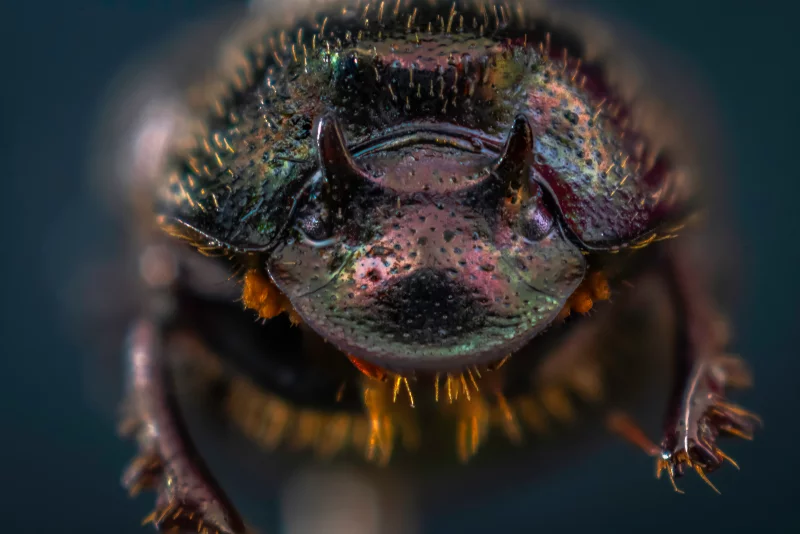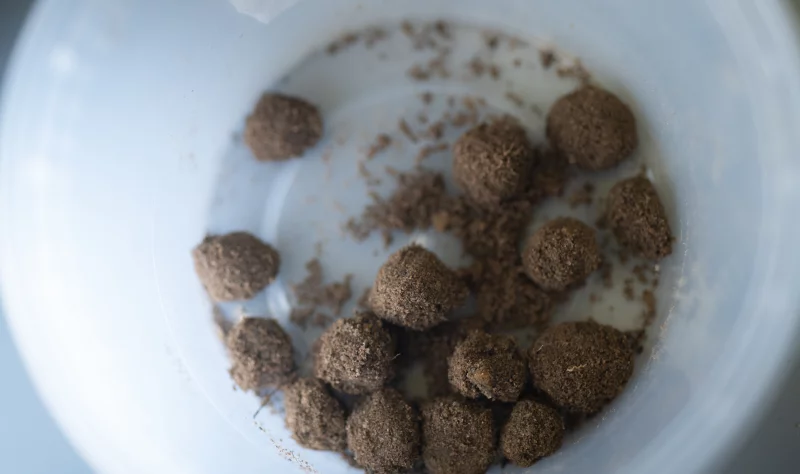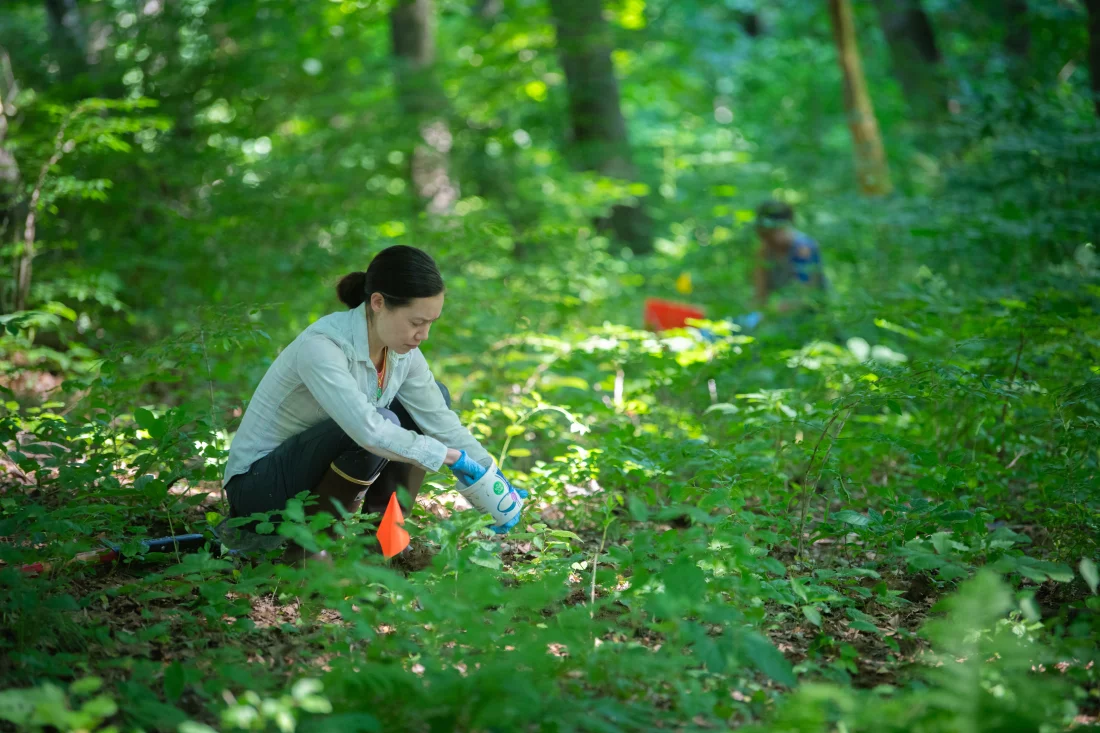On a warm November morning, biologist Erin McCullough navigates the Hadwen Arboretum in Worcester, Massachusetts, searching for tiny creatures that reveal the health of their environment: dung beetles.
Among the golden maple leaves carpeting the forest floor, McCullough proudly shares her findings. “In this small woodland, I’ve discovered 12 different dung beetle species,” she says. Her research highlights the underappreciated biodiversity lurking in backyards — wherever there’s mammal waste, there’s likely a dung beetle.

Since April, McCullough has been tracking their activity, noting peaks in July and dwindling numbers by October. “I’m studying who’s here, their abundance, and when they emerge,” she explains.
Dung beetles are categorized into three types: rollers, dwellers, and tunnelers. So far, McCullough has only found dwellers and tunnelers in Worcester. The most common, Onthophagus orpheus, is a jewel-like green beetle, no larger than an apple seed.

“They’re nature’s cleanup crew,” McCullough says. Feeding, breeding, and building with feces, these beetles break down animal waste, recycle nutrients, eliminate pathogens, and aerate the soil. Their environmental services, valued at nearly $6 billion annually in the U.S., also benefit farmlands and pastures.
Using traps baited with cow dung or her golden retriever Maggie’s contributions, McCullough collects samples to study the beetles’ diversity, which serves as an indicator of ecosystem health. Greater diversity signifies a healthier habitat.
However, the day’s traps yield only a fly and no beetles. “They’ve likely gone underground for winter,” she speculates. At her lab, McCullough and her team, including undergraduates Beatrice Altopp and Charlie Fox-Whelpton, examine earlier specimens.
Under the microscope, the iridescent beetles resemble miniature aliens. “They’re epic little creatures,” Fox-Whelpton says, marveling at their beauty and significance.
As McCullough prepares to resume her research in spring, she hopes her work will elevate dung beetles from overlooked insects to ecological heroes. “They might not be as charismatic as monkeys or rhinoceros beetles,” she jokes, “but maybe one day they’ll get the appreciation they deserve.”
